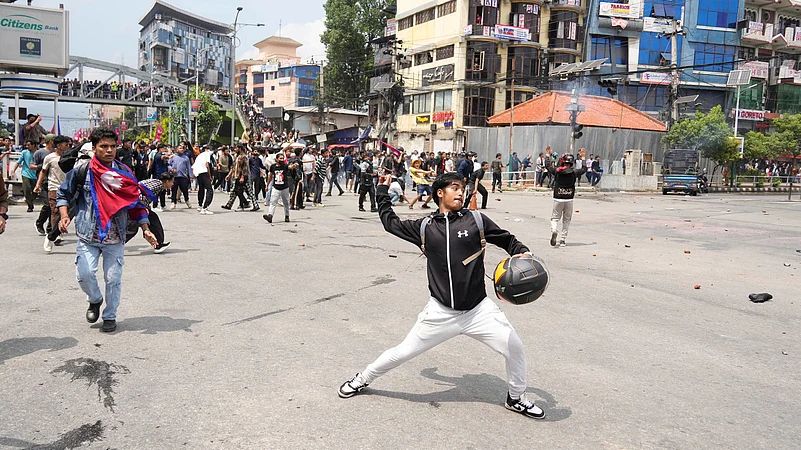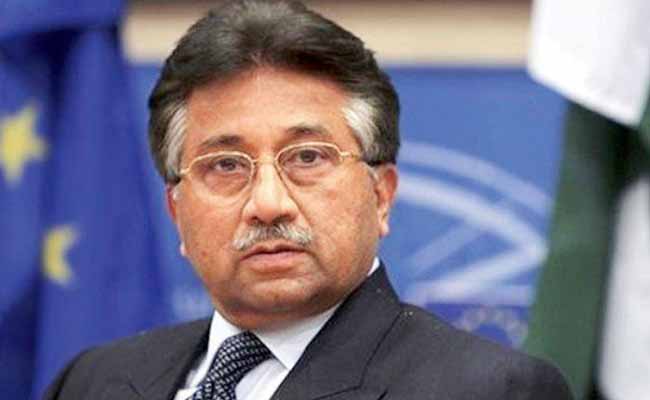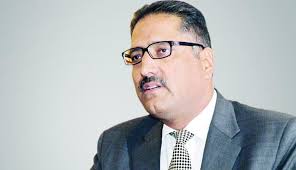Nepal Faces Escalating Youth-Led Protests: Government Buildings and Leaders’ Homes Targeted Amid Mass Resignations

New Delhi, September 9, 2025 – Nepal is witnessing one of the most intense waves of civil unrest in recent years as nationwide protests led by Gen Z demonstrators continue to escalate. Demonstrators have targeted the homes of top political leaders, government buildings, and even private properties linked to ruling party figures, with multiple reports of arson, vandalism, and violent confrontations with security forces. As of Tuesday afternoon, the situation remains volatile across Kathmandu and other major cities. Tribhuvan International Airport has been temporarily shut down, and all incoming and outgoing flights have been canceled. Authorities have deployed over 300 military personnel to secure key areas, and at least five army helicopters are actively evacuating ministers and other government officials from their residences amid rising tensions. Prime Minister KP Sharma Oli’s official residence is reportedly under tight security, with plans underway for his evacuation. Meanwhile, the private homes of several prominent leaders, including President Ram Chandra Paudel, Prime Minister Oli, and CPN Maoist Centre Chairman Pushpa Kamal Dahal ‘Prachanda’, have been attacked, vandalized, and set ablaze. Other senior figures affected include Foreign Minister Arzu Rana Deuba, Telecommunications Minister Prithvi Subba Gurung, Nepali Congress President Sher Bahadur Deuba, and former Home Minister Ramesh Lekhak. In addition to private residences, demonstrators stormed the Communist Party headquarters, tearing down the hammer-and-sickle emblem, signaling a direct challenge to the ruling party. Protesters also set fire to prominent commercial establishments, including the Kathmandu Hilton hotel, owned by one of the ruling party leaders. Reports indicate that some protesters have sustained injuries in clashes with security forces. Two people were reportedly shot near Prime Minister Oli’s residence in Balkot, Bhaktapur, as tensions mounted. Stone pelting incidents were also reported at the home of former Deputy Prime Minister Raghuveer Mahaseth in Janakpur. The ongoing unrest has triggered a series of high-profile resignations from the government. Minister for Water Supply Pradeep Yadav stepped down, citing solidarity with the youth-led movement and condemning the administration’s violent response during Monday’s demonstrations, which left at least 20 people dead and more than 250 injured. Health Minister Pradip Paudel also resigned, marking the third ministerial exit amid the turmoil. The Rashtriya Swatantra Party made headlines when 21 of its Members of Parliament resigned en masse, demanding the dissolution of Parliament and calling for fresh elections. Shekhar Koirala of the Nepali Congress has similarly urged ministers from his faction to step down from the Oli-led government, reflecting deep political fractures within the ruling coalition. Protesters are reportedly using modern communication tools, including the Discord app, to coordinate their actions. Shared messages have outlined plans to mobilize toward strategic locations, prepare makeshift incendiary devices, and disable infrastructure. Authorities are closely monitoring these online mobilization efforts. Background: The Roots of the Crisis The current wave of protests erupted after the government imposed a temporary ban on social media platforms, sparking outrage among the youth and student communities. The ban came amid growing discontent over the handling of political and administrative issues by the Oli government. Monday’s demonstrations quickly turned violent, with clashes between protesters and law enforcement resulting in casualties and widespread damage. Sudan Gurung, a 36-year-old civic activist and president of the youth-led NGO Hami Nepal, has emerged as a key figure in the movement. Gurung and his organization initially sought to channel protests peacefully, encouraging students to wear school uniforms and carry books, turning rallies into a symbolic form of peaceful resistance. However, the situation escalated rapidly, resulting in the aggressive and sometimes destructive actions witnessed today. Authorities attempted to impose curfews and reinstate order following the violence on Monday. However, protests intensified on Tuesday, forcing the government to impose an indefinite curfew in Kathmandu and other hotspots. Prime Minister Oli has called an all-party meeting scheduled for 6 pm to address the crisis and explore possible solutions, urging citizens to remain calm. Observers note that the intensity of the protests reflects a generational shift in Nepalese politics, with Gen Z activists demonstrating unprecedented organizational skills, resilience, and willingness to challenge entrenched political elites. The involvement of youth-led groups in targeting government symbols and demanding systemic change has amplified public scrutiny of the ruling parties and their ability to govern effectively. As the situation develops, the country remains on edge. With key government figures evacuated, multiple ministerial resignations, and protests spreading beyond Kathmandu, analysts warn of a potential prolonged period of political instability unless dialogue and reforms are initiated swiftly. The coming days will be critical in determining whether the Nepalese government can regain control, implement meaningful reforms, and restore public confidence, or if the youth-led movement will continue to reshape the political landscape through mass mobilization and direct action. Nepal in Turmoil: Youth-Led Protests Escalate Nepal is witnessing massive Gen Z-led protests as demonstrators set fire to government buildings and the homes of top leaders, including PM KP Sharma Oli and President Ram Chandra Paudel. Ministers are resigning, Tribhuvan International Airport is shut down, and the army has been deployed to control the chaos. Protesters have stormed the Communist Party headquarters and commercial properties, while injuries and clashes continue across the country. The youth-driven movement demands political accountability and systemic change, signaling a new era of activism in Nepal. Tensions remain high, and the situation is still unfolding. #NepalProtests #GenZRevolt #BreakingNews




